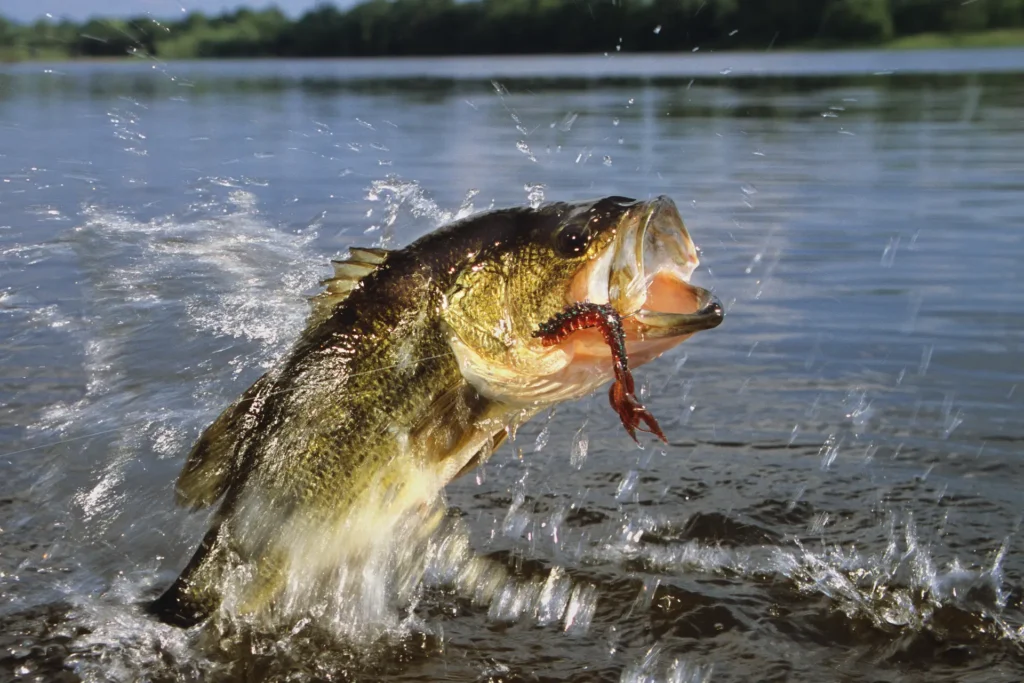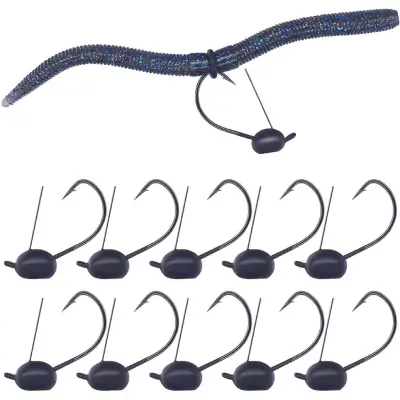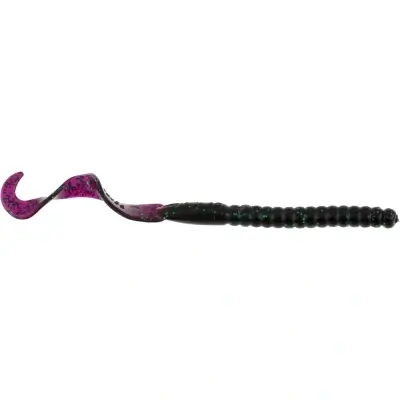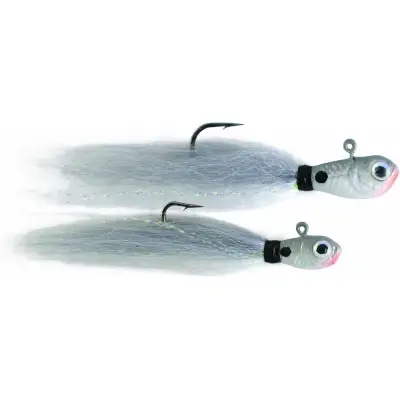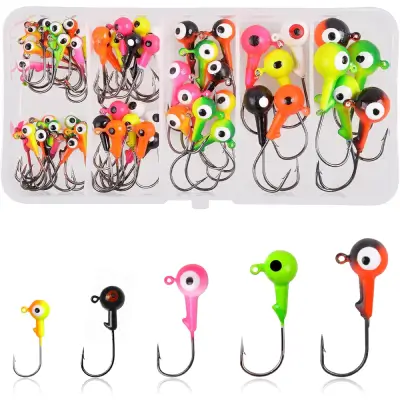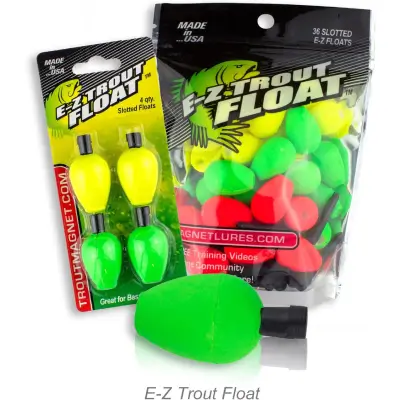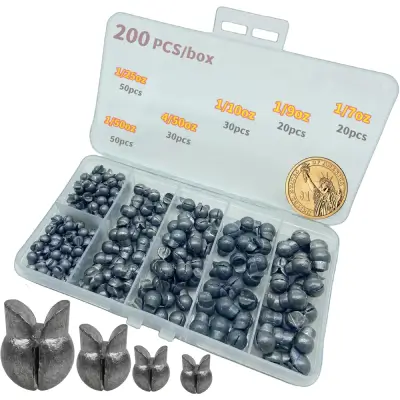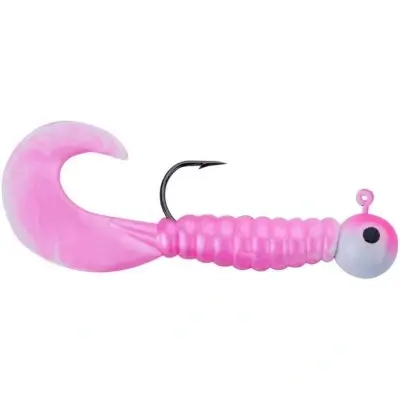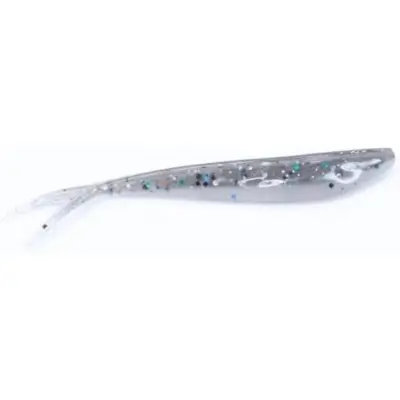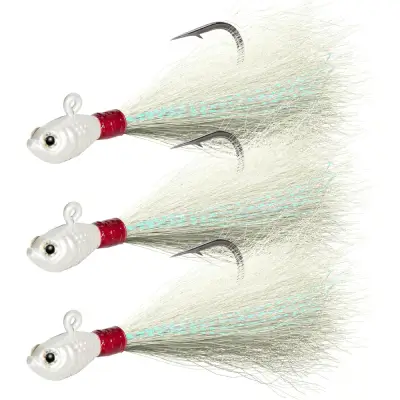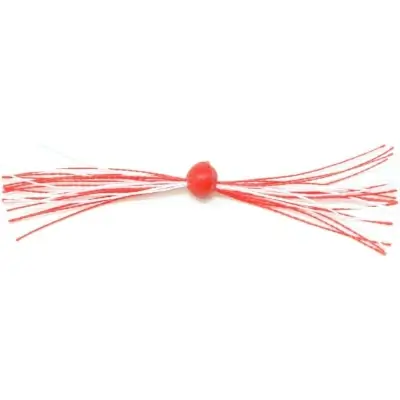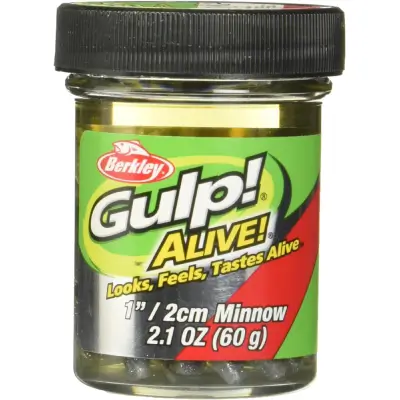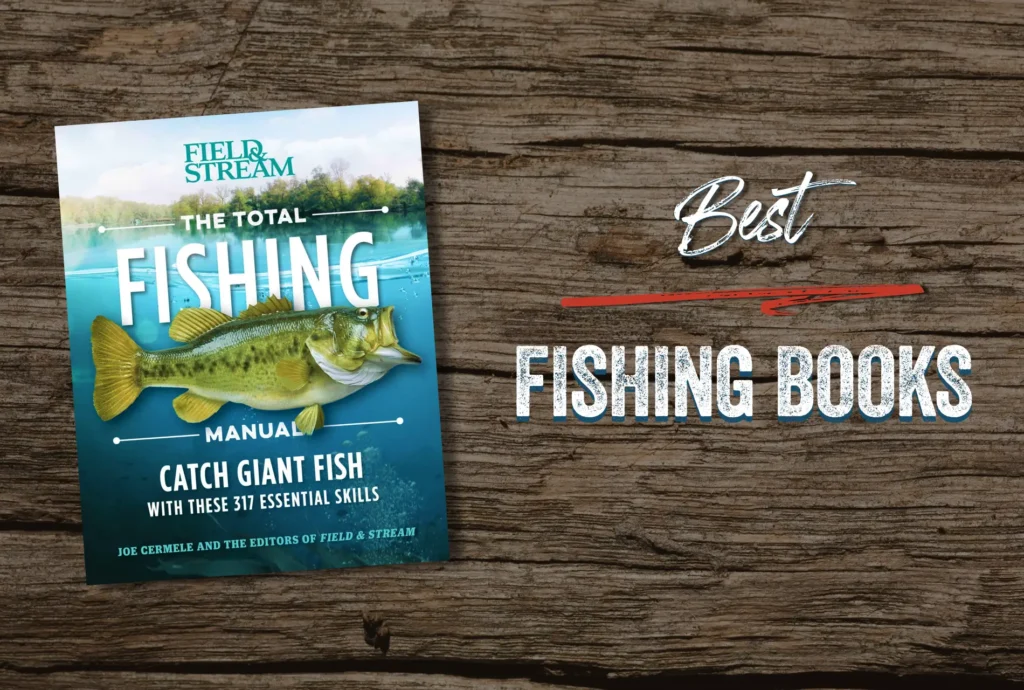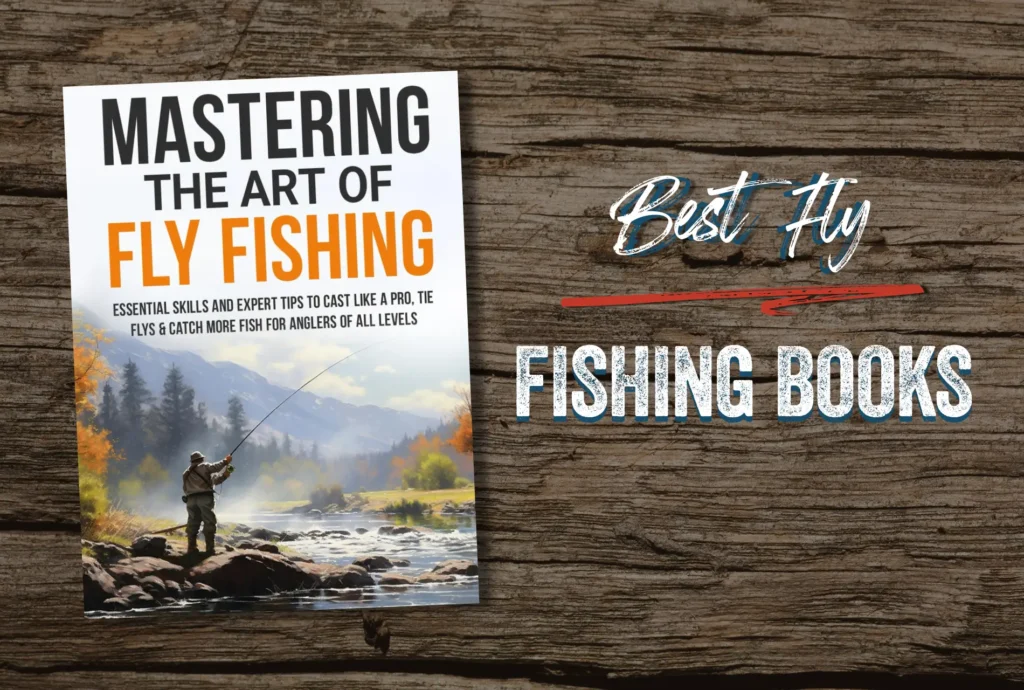Largemouth Bass Fishing: Your Ultimate Guide & Tips
Largemouth Bass Fishing: Your Ultimate Guide & Tips
Largemouth Bass are a favorite among anglers because they’re exciting to catch and can grow to impressive sizes. These Largemouth Bass fish are usually found in warm, freshwater lakes, ponds, rivers, and reservoirs with plenty of cover like weeds, logs, or rocks. Largemouth Bass are known for hiding and waiting to ambush smaller fish, making them a bit of a challenge.
To catch Largemouth Bass, anglers often use soft plastic worms, crankbaits, or topwater lures that imitate baitfish. Early morning and late evening are great times to fish for bass, as they’re more active when it’s cooler. When you hook a Largemouth Bass, get ready for a fight—they’re strong, fast, and will often jump out of the water to try and shake the hook. Bass fishing is great for beginners and experienced anglers alike, offering both a thrill and a chance to practice technique. Plus, it’s a fun way to spend time outdoors!
Largemouth Bass Fishing Facts
Location
Habitats
Diet
Activity






